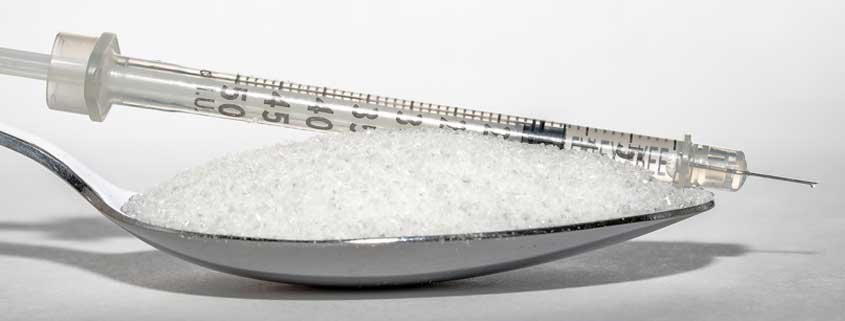Hypoglycemic Supplies
David Mendosa is a freelance journalist and consultant on diabetes. Since 1995, his Web site, www.mendosa.com, has become one of the largest about diabetes. He publishes ‘”Diabetes Update'” online each month and is a coauthor of the book “What Makes My Blood Sugar Go Up and Down.”
Like comedian Rodney Dangerfield, glucose tablets and gels “don’t get no respect.” That’s not good grammar, but nothing else better captures the low regard that many of us have for this wonderful product (Diabetic Testing Supplies).
…glucose…is the sugar that our bodies use the fastest.
Maybe it’s the cost. None of the five manufacturers make expensive tablets or gels, and one brand of glucose tablets lists for less than a dime per tab. We might respect them more if they cost as much as, for example, diabetes testing supplies such as test strips.
Maybe it’s the taste. Glucose tabs may look like candy, but they certainly don’t taste as good. Actually, that’s intentional. They don’t taste bad, but they are medicine. You don’t want to continually eat them, and not have them when you need them.
Maybe it’s their over-the-counter status. You can buy them in most drug stores and on the Internet without a prescription. All glucose tabs and gels are essentially pure glucose. This is the sugar that our bodies use the fastest. When our blood glucose levels drop below 60 or 70 mg/dl, we are at risk of hypoglycemia and need to take quick action.
The easiest strategy to remember is “the rule of 15.” Paddock Laboratories of Minneapolis, the only company that makes both glucose tablets and gels, recommends that we take 15 grams of glucose when we go low, wait 15 minutes, and then take 15 more grams of glucose—if necessary. The available tabs are four or five grams each, and the gels are 15 or 24 grams. If we take too much, we can yo-yo to quite high blood glucose levels.
The article, “Products for Treating Low Blood Sugar,” part of the American Diabetes Association’s Resource Guide 2003 and a supplement to Diabetes Forecast, concurs with the rule of 15 and provides much more information.
The other companies making glucose tabs are Becton Dickinson of Franklin Lakes, New Jersey, Wal-Mart Stores of Bentonville, Arkansas, and Can-Am Care of Chazy, New York. Can-Am Care, formerly a subsidiary of Inverness Medical, doesn’t have a Web site, but sells glucose tabs both as drugstore brands and under its own name in other drugstores. ICN Pharmaceuticals https://www.nitebite.com/IGnutrition.html in Costa Mesa, California, makes glucose gel.
Glucose tabs and gels aren’t just for people with type 1 diabetes. Anyone who uses insulin—about 40 percent of people with type 2 diabetes—are also at risk of “an insulin reaction,” where we take too much insulin for the amount of food we consume.
The sulfonylurea drugs can also cause hypoglycemia. Except for the alpha-glucosidase inhibitors Precose and Glyset, other drugs for people with type 2 diabetes rarely, if ever, cause hypoglycemic reactions. Because Precose and Glyset slow the digestion of complex sugars, people who take either of these drugs should always treat lows with glucose, which is a simple sugar.
Actually, complex sugars don’t work fast enough for anyone who has gone low. The recommendation that always irritates me the most is to drink orange juice, which is mostly two complex sugars, sucrose and fructose.
For years the standard list has included a half glass of orange juice, sugar cubes, three or four Life Savers, a half cup of Coke or Pepsi, and two tablespoons or raisins. But none of these can compare with glucose tabs or gels in convenience, knowing how much to take, and especially speed.
Whatever you do, don’t wait until it’s too late to take one of these great products. When someone loses consciousness, never give that person anything to eat or drink. Instead, give him or her a glucagon injection or immediately get that person to the nearest emergency room.
All of us susceptible to hypoglycemia really need to keep one of these products next to our beds, in our cars, and purses or briefcases. Treat your body and your glucose tabs or gels with respect and, as the Boy Scouts say, be prepared.
The American Diabetes Association originally published this article on its Web site as one of my “About the Internet” columns.






